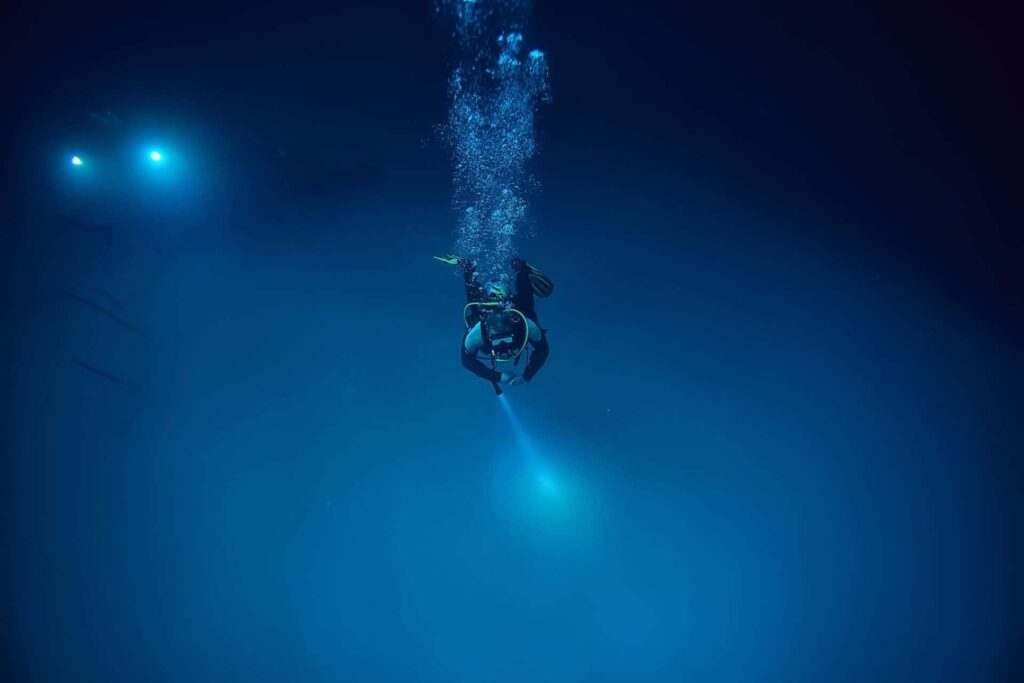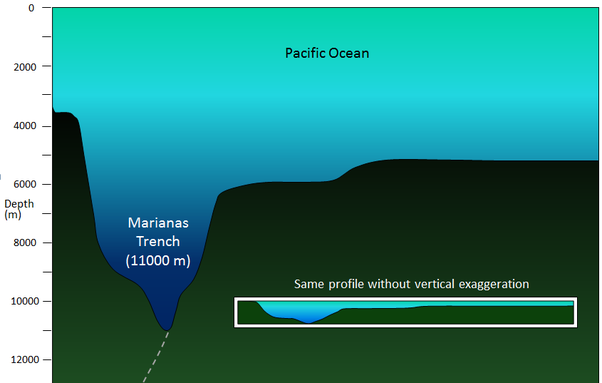Diving into the ocean is like entering a different planet. As you descend past 200 meters (656 feet), the vibrant marine life of the sunlit zone gives way to the deep seabed—an expansive, mysterious realm known for its isolation and unique ecosystems. This journey leads into the abyssal plains, which stretch from 3,000 to 6,000 meters (up to 19,685 feet) deep, and reaches its dramatic conclusion in the Mariana Trench, the deepest part of the world’s oceans at approximately 11,000 meters (36,089 feet).

The Abyssal Plains: A World of Extremes
The abyssal plains represent some of the most stable environments on Earth, characterized by vast, flat expanses covered with fine sediments. These areas experience extreme conditions: crushing pressures, low temperatures, and complete darkness. Despite these harsh conditions, life thrives here, showcasing nature’s incredible adaptability.
Creatures such as giant squid, deep-sea jellyfish, and bioluminescent organisms call these depths home. They have evolved unique adaptations to survive in such an inhospitable environment, often developing specialized feeding mechanisms and defense strategies. These adaptations provide vital clues to scientists about the resilience of life and the potential for survival in extreme conditions.
The Mariana Trench: Earth’s Final Frontier
The Mariana Trench, located in the western Pacific Ocean, is the deepest known point in Earth’s seabed. Its sheer depth presents numerous challenges for exploration, making it a largely uncharted territory. Only a handful of manned missions have ventured into its depths, including James Cameron’s famous solo dive in 2012.
The trench is home to remarkable organisms, such as the amphipod Halicephalobus megalops, which was discovered thriving at extreme depths. These organisms offer valuable insights into evolutionary biology, as they may possess unique genetic traits that could inform our understanding of life’s potential on other planets.

Importance of Deep-Sea Research
Exploring the deep sea is not just about uncovering new species; it is also critical for understanding Earth’s geological and biological evolution. The deep ocean plays a crucial role in global climate regulation, nutrient cycling, and carbon storage. As researchers study these remote environments, they gather data that can help predict how climate change may impact ocean ecosystems.
Moreover, the deep sea holds potential resources, such as minerals and pharmaceuticals derived from unique marine organisms. Responsible exploration and conservation efforts are essential to protect these fragile ecosystems while allowing for scientific advancements.
Conclusion
Diving past 200 meters unveils a hidden world that challenges our understanding of life and the planet. From the vast abyssal plains to the mysterious depths of the Mariana Trench, these regions are rich in biodiversity and geological significance. As we continue to explore and study these uncharted territories, we unlock the secrets of the deep sea and gain a greater appreciation for the resilience of life in the face of extreme conditions.



